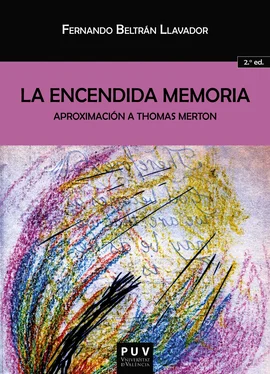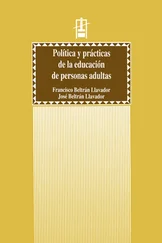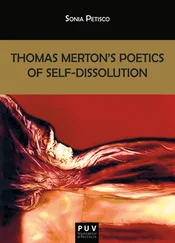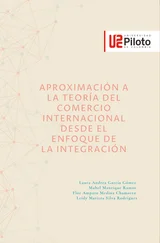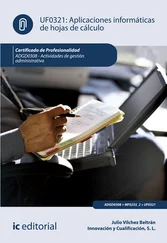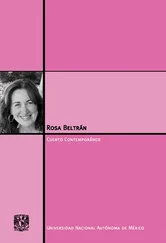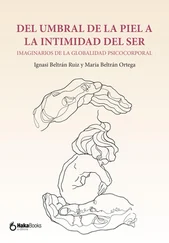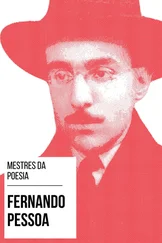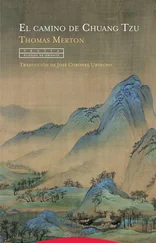Publicada en el mismo año que su famosa autobiografía, Exile Ends in Glory (1948) es el relato biográfico de la madre Mary Berchmans, religiosa trapense destinada en misión a Japón entre finales del siglo XIX y principios del XX; fue escrito por deseo expreso de sus superiores, y se trata de uno de los libros que peor opinión habrían de merecer a Merton años más tarde: “... there are parts of it that make my stomach turn somersaults. Where did I get all that pious rhetoric? That was the way I thought a monk was supposed to write, just after I had made simple profession” (NMI: 110). Con The Waters of Siloe (1949), Merton presenta una breve historia del monasticismo cisterciense, y en especial de la orden de la estricta observancia, desde sus orígenes benedictinos, pasando por la reforma francesa del siglo XVII de manos de De Rancé y hasta sus comienzos en el Nuevo Mundo, e incluye, además, una descripción de la vida cisterciense contemporánea. Publicada el año siguiente, What Are These Wounds? es otra hagiografía, esta vez de santa Lutgarda de Aywières, mística cisterciense que vivió entre los años 1182 y 1246; también fue un encargo de dom Frederic Dunne, entonces abad de Gethsemani.
En 1951 Merton llevó a cabo el primero, y casi el único, intento de escribir con un enfoque teológico sistemático en The Ascent to Truth , cuyo título se inspira en un ensayo de Jacques Maritain, y que persigue un triple objetivo: “to define the nature of the contemplative experience, to show something of the necessary interior ascesis which leads up to it, and to give a brief sketch of mature contemplation” (AT: 12). En ese ensayo, Merton aborda el misticismo conciliando teóricamente lo que después, en una rara y muy difícil síntesis, interiorizaría en su propia experiencia, esa aparente diferencia entre la vía catafática y la apofática (AT: 25-26), y entre la inmanencia y la trascendencia divinas:
There is no essential difference between the mysticism of “light” and the mysticism of “darkness”. In either case, the experience of God in contemplation is one in which love outstrips the intelligence and attains to Him immediately in the darkness which lies beyond all our ideas. The difference between the two schools, if we can call them such, lies in the language in which they try to express what is essentially the same experience. The mystics of “light” come down out of the cloud and clothe their knowledge of God in positive images and concepts. They know well enough that no imagery can perfectly communicate what they have experienced, but they are bent on making as good a use of concepts as they can. The mystics of “night” are just as eager to use concepts for that purpose. But they insist on the transcendent character of the mystical experience. That is why they keep emphasizing the fact that mystical knowledge is attained in a “cloud of unknowing”. (AT: 292-293)
La integración de ambas vías es de suma importancia, pues en sus extremos pueden conducir al contemplativo a posturas desviadas en relación con su lugar en el mundo, que pueden ir desde el quietismo o el angelismo hasta el hiperactivismo. Por el contrario, y en eso reside tanto el extraordinario mérito de Merton como las inmensas dificultades que encontró, el equilibrio entre ambos implica ubicar a la persona en el centro justo de una cruz que tiene por ejes la acción y la contemplación, el compromiso y el desprendimiento, la libertad absoluta y la obediencia perfecta, el punto de encuentro entre soledad y sociedad por un lado, y entre humanidad y divinidad por otro; la proporción justa entre el uso de la palabra y la renuncia a ella, el sentido adecuado de eternidad y temporalidad, y una actitud hacia el mundo de los objetos a caballo entre la reverencia, en forma de epifanía artesanal o artística, y el pragmatismo.
The Sign of Jonas (1953) es un diario de su experiencia monástica desde diciembre de 1946 hasta julio de 1952. Se abre con la profesión de votos solemnes del entonces joven monje e incluye su ordenación sacerdotal y la adopción de la ciudadanía norteamericana, y con ella, un paso decisivo hacia su regreso al orden temporal y una nueva mirada proyectada sobre el mundo, aunque todavía fluctuante entre el abrazo y la aversión; en su diario, con fecha 23 de junio de 1951, anota: “Within twenty-four hours there would be a sense in which I could definitely speak of all this as ‘my country’” (SJ: 330).
Respecto a su libro Bread in the Wilderness (1953), Merton señala en su prólogo: “This book is not a systematic treatise, but only a collection of personal notes on the Psalter” (BW: 9), y por eso, antes que una exégesis o una meditación sobre los salmos, se acerca a ellos abordando temas de simbolismo, poesía, tipología, liturgia, el sentido sacramental de las palabras, etc.
La publicación de The Last of the Fathers (1954) coincide con el octavo centenario de la muerte de san Bernardo, y con él además se conmemora la publicación de la encíclica de Pio XII, Doctor mellifluus ; aunque no se considera uno de los libros principales de Merton constituye una buena muestra de su inmersión en las aguas de la tradición y al mismo tiempo su interés por los pronunciamientos doctrinales contemporáneos.
A pesar del sugerente título No Man is an Island (1955), este libro apenas incluye comentario social alguno, aunque es una continua invitación, en clave contemplativa, al encuentro de Dios en los semejantes y al del prójimo en Dios, para vislumbrar nuestro más profundo centro tras la compleja maraña de espejismos que elaboramos cotidianamente:
Your idea of me is fabricated with materials you have borrowed from other people and from yourself. What you think of me depends on what you think of yourself. Perhaps you create your idea of me out of material that you would like to eliminate from your own idea of yourself. Perhaps your idea of me is a reflection of what other people think of you. Or perhaps what you think of me is simply what you think I think of you. How difficult it is for us to be sincere with one another, when we do not know either ourselves or one another! (NMI: 194)
The Living Bread (1956) constituye una meditación sobre el sacramento de la Eucaristía y The Silent Life (1957) reúne diez ensayos sobre el régimen de vida monástico, en los que define al monje, y lo que significa su huida del mundo:
The meaning of the monk’s flight from the world is precisely to be sought in the fact that the “world” (in the sense in which it is condemned by Christ) is the society of those who live exclusively for themselves. To leave the world, then, is to leave oneself first of all and begin to live for others. The man who lives “in the world but not of it” is one who, in the midst of life, with all its crises, forgets himself to live for those he loves. The monastery aims to create an atmosphere most favorable for selflessness. (SL: 8)
De Thoughts in Solitude (1958), escrito que recoge los pensamientos sobre la vida contemplativa e intuiciones básicas de algunos momentos de meditación durante los años 1953 y 1954, interesa destacar ahora algunas palabras de su prefacio, en las que pone de manifiesto la indisociable relación entre soledad y sociedad, algo que seguiría matizando constantemente desde diversas perspectivas a lo largo de su trayectoria monástica:
In actual fact, society depends for its existence on the inviolable personal solitude of its members. Society, to merit its name, must be made up not of numbers, or mechanical units, but of persons. To be a person implies responsibility and freedom, and both these imply a certain interior solitude, a sense of personal integrity, a sense of one’s own reality and of one’s ability to give himself to society —or to refuse the gift. When men are merely submerged in a mass of impersonal human beings pushed around by automatic forces, they lose their true humanity, their integrity, their ability to love, their capacity for self-determination. When society is made up of men who know no interior solitude it can no longer be held together by love: and consequently it is held together by a violent and abusive authority. But when men are violently deprived of the solitude and freedom which are their due, the society in which they live becomes putrid, it festers with servility, resentment and hate. (TS: 13)
Читать дальше
